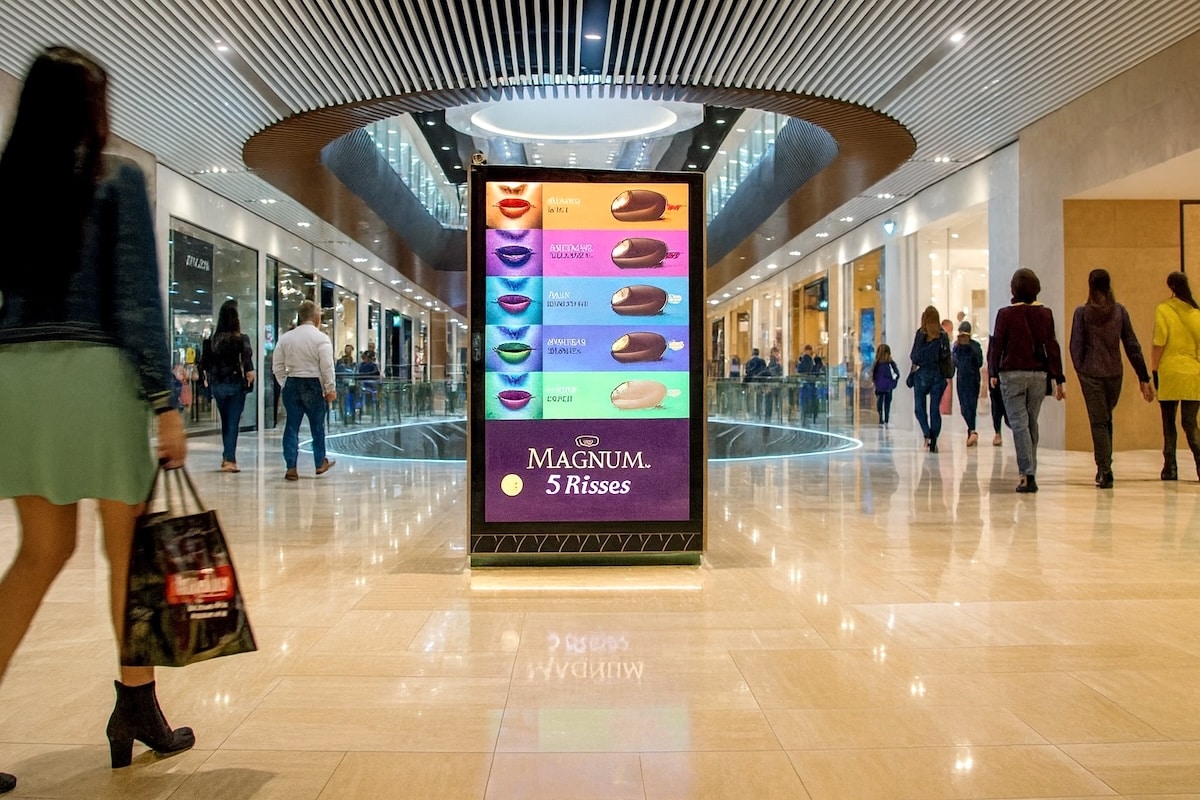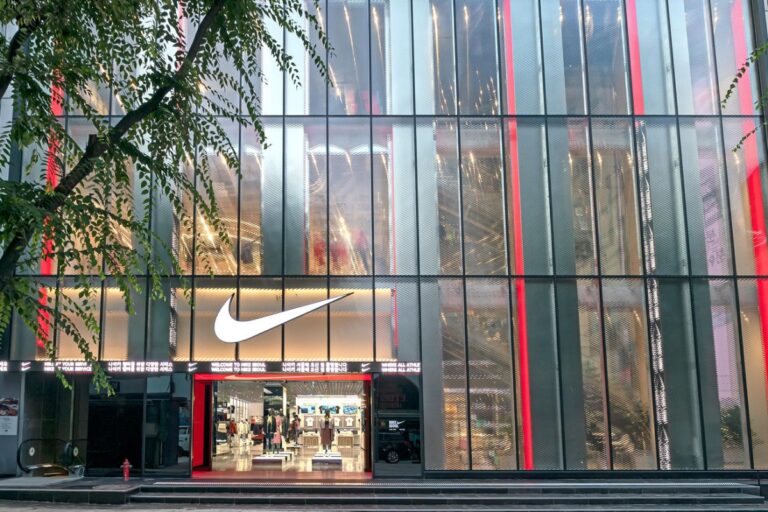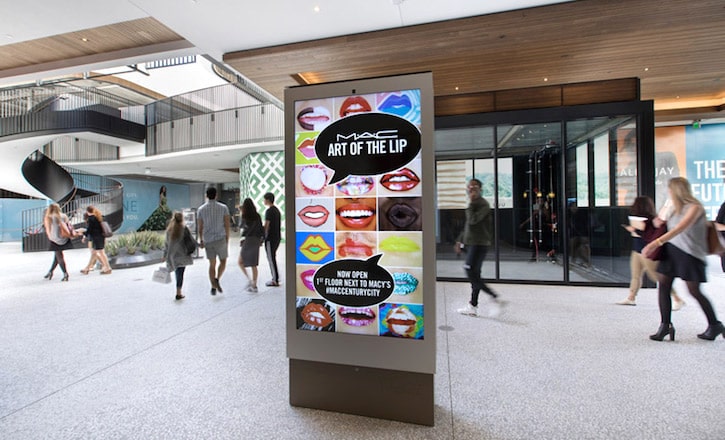Retail media networks are reshaping global advertising.
A decade ago, retailers dreamed of finding a way to compete with Google and Facebook for ad dollars. Today, that dream has a name: retail media networks.
What began as Amazon’s experiment with sponsored product listings has exploded into one of the most powerful shifts in global advertising. Walmart, Kroger, Carrefour, and even fashion players like Macy’s are building their own media arms. The logic is simple: if data is the new oil, retailers are sitting on untapped reserves every time a customer searches for cereal or checks out a pair of sneakers.
And suddenly, the checkout aisle looks less like the end of a shopping journey and more like the beginning of a digital gold rush.
Amazon cracked the code first. Its ad business, once a side project, now generates more than $50 billion a year—a number that dwarfs entire industries. Advertising has quietly become Amazon’s most profitable division, outpacing even cloud computing in margins.

Once the playbook was proven, the race began. Walmart Connect now sells ad placements that reach millions of U.S. shoppers every week. Kroger Precision Marketing positions itself as a data powerhouse for packaged goods brands. Instacart Ads has become a default channel for food and beverage campaigns.
In Europe, Tesco, Carrefour, and Ahold Delhaize are rushing to replicate the model. Digital shopping carts and mobile apps are now vying for the same space that Google search results once held exclusively.
“Retail media is where the decision happens,” says a senior brand manager at a global CPG company. “If you’re not visible there, you’re not even in the room when the shopper makes the choice.”
For advertisers, the allure is irresistible. Unlike traditional banners or even social ads, retail media offers context in its purest form.
Imagine this: a shopper types “protein bars” into the Walmart app. A sponsored product appears at the top of the results. It’s relevant, immediate, and seamlessly integrated into the path to purchase. That placement isn’t an interruption—it’s a solution.
No wonder U.S. retail media spend is projected to surpass $100 billion by 2027, according to eMarketer. Every dollar flowing into RMNs is a dollar drifting away from search or social.
But it doesn’t stop online. In-store digital screens, loyalty program tie-ins, and even connected TV campaigns are now part of the retail media arsenal. What used to be just “shelf space” has expanded into a cross-channel ecosystem.
Retail has always been a low-margin business. Grocery chains often scrape by on 2–3% profit. Advertising, by contrast, offers margins north of 50%. For Wall Street, that math is irresistible.
Walmart’s latest earnings call unequivocally demonstrated that, despite a slight increase in physical store sales, ad revenue surged by double digits. Investors aren’t blind—advertising is no longer just “extra income.” It’s a growth story in its own right.
And it’s not just the grocery sector. Best Buy, Home Depot, and Lowe’s are investing heavily in ad platforms. In fashion, Macy’s and Nordstrom are experimenting with retail media tied to loyalty and mobile apps. The formula is universal: better data, higher margins, deeper customer lock-in.
Of course, not every retailer is destined to become Google. Running an ad network isn’t simply about selling space—it’s about building an entire advertising business from scratch. That means ad-tech integrations, clean measurement standards, strong sales teams, and a cultural shift that many retailers may find uncomfortable.
There’s also the shopper’s perspective. Customers increasingly know their data is being monetized, and regulators in both the U.S. and Europe are circling. Without transparency, retailers run the risk of transitioning from “personalized” to “creepy.”
And then there’s fatigue. Recently, every brand marketer I’ve spoken with has admitted to feeling overwhelmed. “How many retail networks can we really buy into?” asked one CMO. “We can’t spread the same budget across twenty different platforms.”
If fragmentation continues, consolidation—or at least partnerships—feels inevitable.
The truth is, probably no one. Amazon holds a unique position, while Google continues to dominate the search market. But that’s not really the point.
What matters is that retail media has redefined the balance of power. Advertising no longer lives only in Silicon Valley. It’s now embedded in the very act of shopping—whether that’s opening an app, scanning a QR code in-store, or browsing a high-street boutique.
For retailers, RMNs are more than a side hustle; they’re a survival strategy. For brands, they’re no longer optional; they’re table stakes. And for the industry, this shift might be the most significant evolution in advertising since the dawn of search itself.
The next Google won’t be a search engine at all. It will be your shopping cart.
Want to share your company’s latest updates, store openings, or partnerships?

The auditorium will have 382 seats - standard, premium and director's boxes.

Walmart has introduced an innovative digital shopping platform.

A conceptual digital store has opened in South Korea's capital, joining the global network of House of Innovation and Nike…

Westfield is replacing traditional advertising furniture with a network LCD Pods in 17 flagship malls.

Central Pattana unveils The Central, a new US$575m mall in Bangkok’s fast-growing northern district with a planned opening in late…

Singles’ Day 2025 breaks new global records with $150B+ in sales. Discover the top categories, data insights, and retail trends…